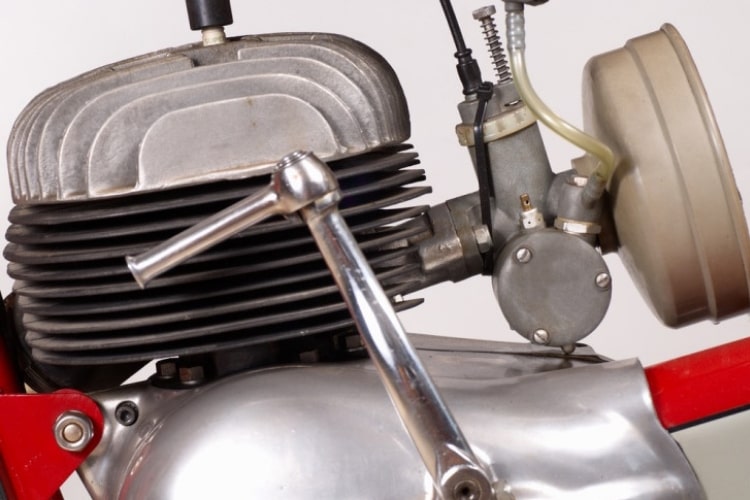2-Stroke vs 4-Stroke – Which Is Better and What’s the Difference?
Throughout the history of automotive and engine design, there have been two main combustion types that are powered by gasoline — the 2-cycle (or 2-stroke) and the 4-cycle (or 4-stroke).
While you may have heard of these terms, they may have left you wondering, what’s the difference? If you are in the market for a new engine, here’s what you need to know in terms of efficiency and maintenance.

Comparing 2-Stroke and 4-Stroke Engines
When it comes to the main differences associated with 2- and 4-stroke engines, the main way in which they differ is simply based on how they operate. In regards to how an engine works, you must first understand the concept of combustion within a small engine.
In this case, in order for an engine to produce energy, combustion, which is essentially the process of burning something, needs to take place. While both a 2-stroke and 4-stroke engine complete a cycle in regards to combustion, they differ in regards to the piston. More specifically, the number of strokes that are required of the piston.
For example, in order for a 2-stroke engine to complete the entire combustion cycle, consisting of five functions (intake, compression, ignition, combustion, and exhaust), this entire cycle is completed after two piston strokes. In comparison, a 4-stroke engine’s cycle is completed after four strokes of the piston — or one crankshaft revolution vs two crankshaft revolutions respectively.
In terms of their applications, a 4-stroke engine would be used in buses, cars, and trucks, whereas a 2-stroke engine would be used more so in scooters and mopeds. However, some small engine tools and some trimmers are now being offered with either 2-stroke or 4-stroke engines — in this case, is there a major difference in regards to their performance and the overall maintenance required?
Which Is Better, a 2-Stroke Engine or 4-Stroke Engine for Smaller Tools and Machines?
When comparing these two types of engines, there are pros and cons to each.
For starters, 2-stroke engines are much lighter and also cost less to manufacture. In comparison to 4-stroke engines, they are also easier to repair. However, repairs are generally needed more frequently, unless you actively maintain the engine.

In that sense, if you want to keep costs down while benefiting from an efficient machine or tool, it’s imperative that you take a proactive approach, ensuring that you maintain its parts. If you do opt for a 2-stroke engine, know that based on their design, they are easier to fix — but if you do need to make regular maintenance a priority, they will not last as long as a 4-stroke engine. Understand your engine and be proactive against preventable issues.
Introducing STA-BIL® 2-Cycle Oil
When you’re looking to increase performance and extend the life of your 2-stroke engine, STA-BIL® 2-Cycle Oil is the perfect solution. Being more cost effective than prepackaged fuel, this oil provides additional lubrication, making it the perfect choice for a mower, motorcycle, ATV, snowmobile, chainsaw, or any other small machine.
Although the “best” option typically comes down to personal preference and the application of use, regardless of which engine you choose, maintenance is number one. If you care for your engine throughout its lifespan, you will be rewarded with higher performance levels and greater cost-savings in the long run.







dawg do yall sell engines???
Gold Eagle Co. doesn’t currently sell engines but we do offer plenty to make sure engines are performing at their best!